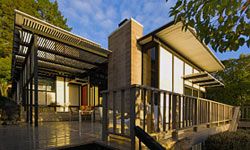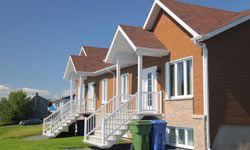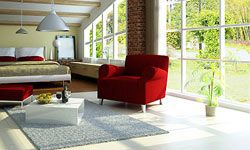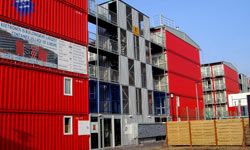Before green was mainstream, environmentally friendly home styles had a kind of chunky utility. They were obviously different than regular houses and were probably thought by some to be the kind of homes you might find on a commune or ones only hippies lived in. But not anymore. Green homes have come a long way from the prototypes (and stereotypes). Today's contemporary eco-responsible homes have an elegant usability that combines the best of the old with the technologies of the new.
While most any home can be made green with updates -- and with some due diligence on the part of the owners -- some residential styles lend themselves to being eco-friendly by design. And though it's taken decades to get there, if you're building or choosing a home, green options are within your reach. You can have an environmentally friendly, eco-responsible or even zero-footprint house, depending on how much you want to dedicate in money and lifestyle changes in order to steward the planet and its resources.
Advertisement
Not ready for an all-solar shed with a living roof and nothing but a bike parked outside? Take a look at some other eco-friendly options that are as attractive as they are comfortable.



